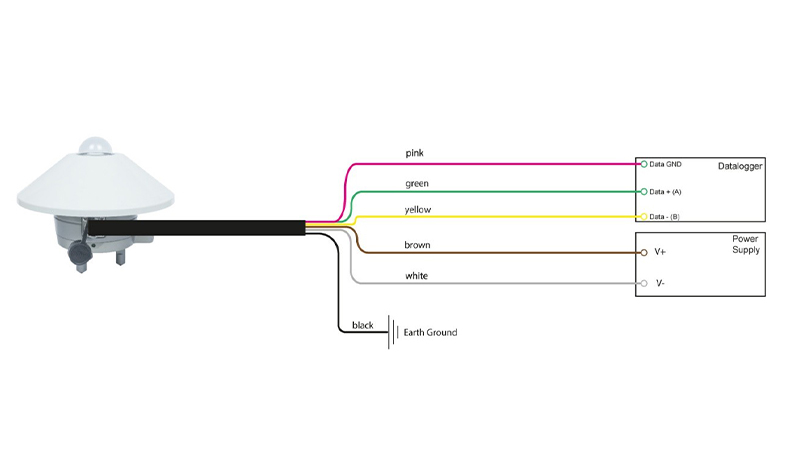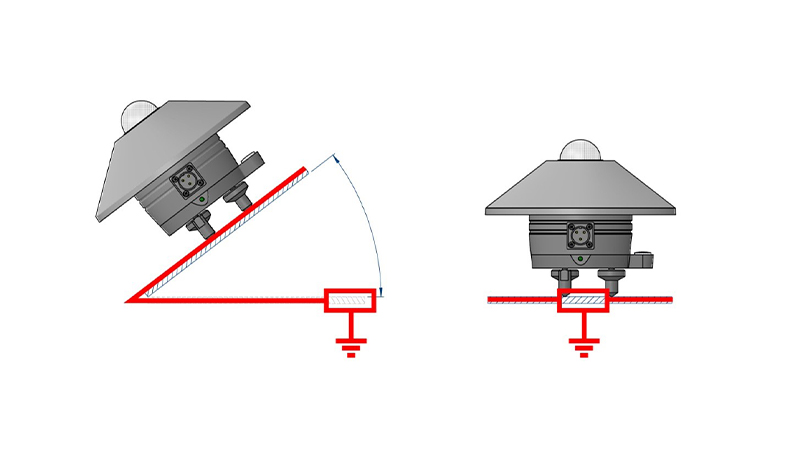Your cart is currently empty!
The Importance of Grounding in Pyranometers and Proper Grounding Methods

Pyranometers are devices that measure solar radiation with high precision. They are widely used in various fields such as meteorology, agriculture, and solar energy systems. However, since these sensors operate with high sensitivity, they need to be protected against electrical noise, electrostatic charge accumulation, and sudden voltage fluctuations. At this point, grounding is a crucial element to ensure the accurate and safe operation of the pyranometer.
Grounding is necessary for pyranometers to maintain measurement accuracy and ensure long-term operation. If grounding is not performed, the device may encounter various problems:
- The accumulation of static charge in the atmosphere can affect the sensor elements of the pyranometer and lead to incorrect measurements.
- Electromagnetic interference (EMI) from surrounding electrical systems or weather events can distort the measurement signal.
- Events such as lightning strikes or sudden electrical surges can damage the pyranometer and cause device failure.
Grounding the Sensor Body

Pyranometers generally have a metal body, and directly grounding this body provides protection against electrostatic and electromagnetic interference (EMI). The shielding part of the cable must be grounded properly. The SEVEN pyranometer includes an internal grounding point on its metal body, connected to the shielding part of the cable. When the exposed end of the black wire of the communication cable is grounded, the grounding connection is completed. The image above shows the connection diagram for the SEVEN Pyranometer.
Proper grounding of the sensor body minimizes errors caused by interference and enhances measurement accuracy.
Grounding the Mounting Pole

Pyranometers are typically mounted on metal poles in open areas. If the pyranometers cannot be grounded via cable, they can also be grounded through these mounting structures.
When grounding the mounting pole, the following considerations should be taken into account:
- The pole should be directly connected to a grounding rod, which is typically made of copper or galvanized steel.
- Ideally, the grounding resistance should be 5 Ω or lower. Higher resistance may not provide adequate protection against events such as lightning strikes.
- Corrosion and oxidation can reduce the effectiveness of the connections over time; therefore, periodic maintenance is required.
- In addition to the pyranometer, other sensors and data collection systems attached to the pole should also be grounded.
These methods enhance both the safety of the sensor and the mounting structure, reducing the risks associated with lightning strikes or sudden voltage changes.
Conclusion
Proper grounding in pyranometers is crucial for increasing measurement accuracy, preventing electromagnetic interference (EMI), extending the sensor’s lifespan, and minimizing electrical risks.